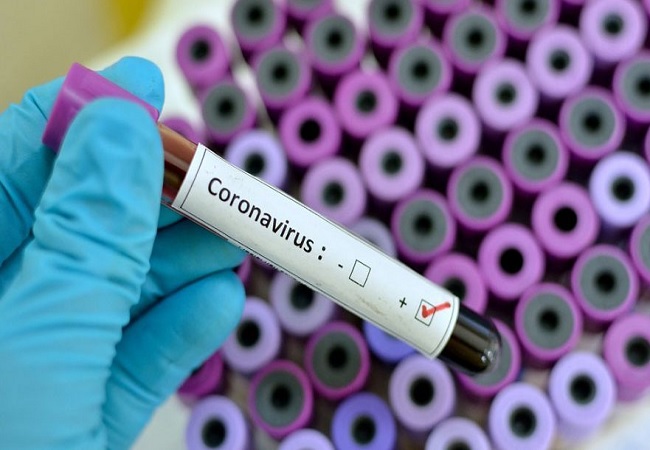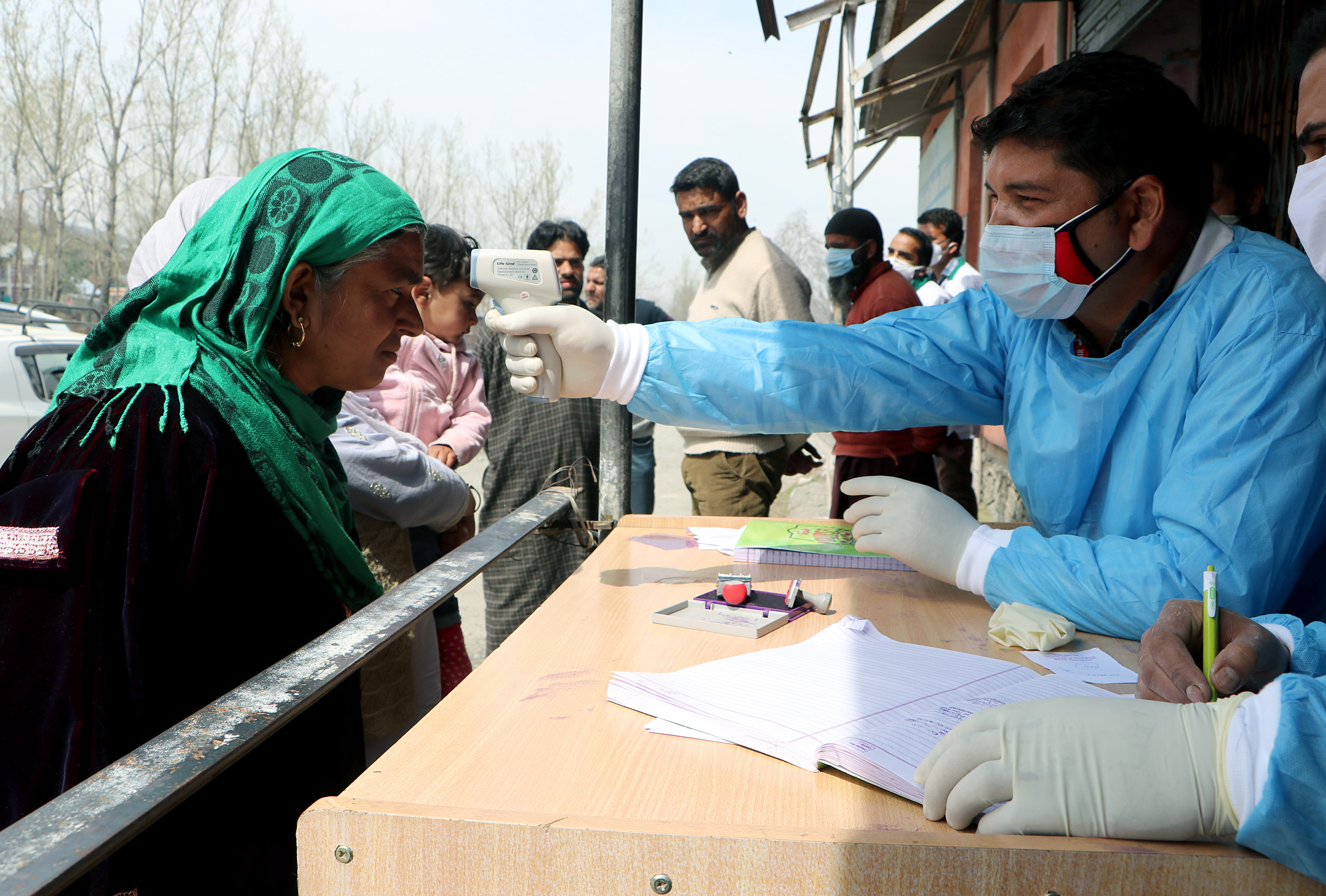

— By Dr KK Aggarwal
Special SERIES ONLY COVIdences on SARS-CoV-2 (COVID-19) What do we know
(Source: DHS Science and Technology, Master Question List for COVID-19 (caused by SARS-CoV-2), Weekly Report, 18 March 2020)
Environmental stability (Part 8)
How long does the agent live in the environment?
What do we know?
SARS-CoV-2 Data

• SARS-CoV-2 can persist on plastic and stainless steel surfaces for up to 3 days (at 21-23oC, 40% RH), with a half-life of 13-16 hours.1
• SARS-CoV-2 has an aerosol half-life of 2.7 hours (particles <5 μm, tested at 21-23oC and 65% RH). 1
Surrogate Coronavirus data
• Studies suggest that other coronaviruses can survive on non-porous surfaces up to 9-10 days (MHV, SARS-CoV) 2,3 and porous surfaces for up to 3-5 days (SARS-CoV) 4 in air conditioned environments (20-25oC, 40-50% RH)
• Coronavirus survival tends to be higher at lower temperatures and lower relative humidity (RH),2,3,5,6 though infectious virus can persist on surfaces for several days in typical office or hospital conditions. 6
• SARS can persist with trace infectivity for up to 28 days at refrigerated temperatures (4oC) on surfaces. 2
• Beta-coronaviruses (e.g., SARS-CoV) may be more stable than alpha-coronaviruses (HCoV-229E). 5
• No strong evidence for reduction in transmission with seasonal increase in temperature and humidity. 7
• One hour after aerosolization approximately 63% of airborne MERS virus remained viable in a simulated office environment (25oC, 75% RH). 8
• The aerosol survival of related humancoronavirus (229E) was relatively high, (half-life of ~67 hours at 20oC and 50%RH), indicating ~20% of infectious virus remained after 6 days. 9 Both higher and lower RH reduced HCoV-229E survival; lower temperatures improved survival. 9
What do we need to know?
• Stability of SARS-CoV-2 in aerosol, droplets, and other matrices (mucus/sputum, feces)
• Particle size distribution (e.g., droplet, large droplet and true aerosol distribution)
• Duration of SARS-CoV-2 infectivity via fomites and surface (contact hazard)?
• Stability of SARS-CoV-2 on PPE (e.g., Tyvek, nitrile, etc.)
((The writer is President, CMAAO, HCFI and Past national President IMA))




